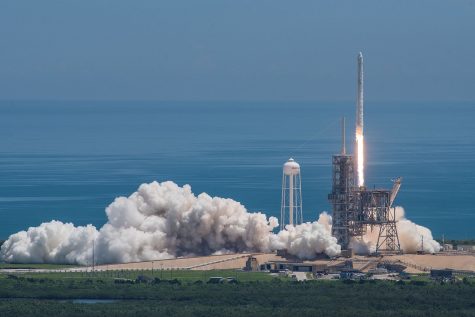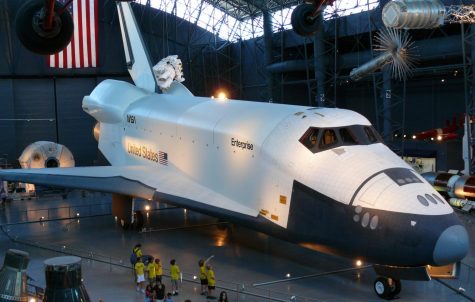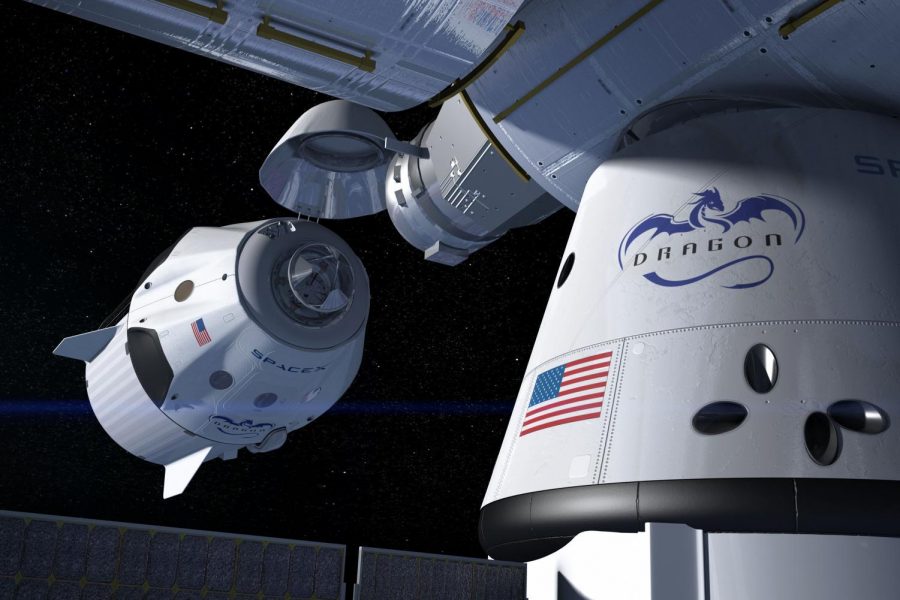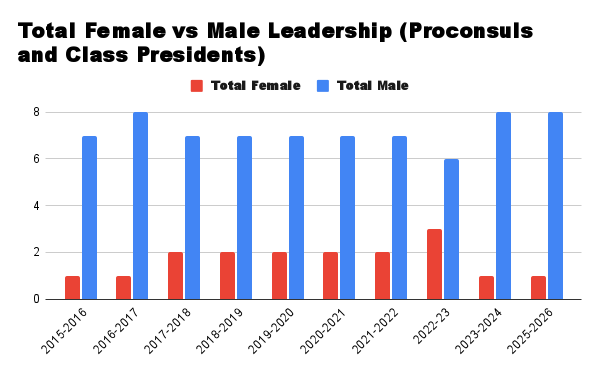NASA & SpaceX Partnership: What Does This Mean for Future Space Exploration?
As more public and private partnerships continue to foster relations and bring effective change to communities, the National Aeronautics and Space Administration (NASA) and SpaceX are partnering on launches of astronauts and new space shuttles. In the twentieth century and well before, governmental organizations spearheaded attempts to reach the moon and beyond. President John F. Kennedy, in 1962, highlighted the United States’s goals in future space exploration and expressed, “We choose to go to the moon in this decade and do the other things, not because they are easy, but because they are hard, because that goal will serve to organize and measure the best of our energies and skills, because that challenge is one that we are willing to accept, one we are unwilling to postpone, and one which we intend to win.” This mission, well-supported by government funding, was crucial to making the US’s mark in space alongside much discovery by the Soviet Union. 
The beginning of the twenty-first century highlighted the rise of new technology industries, from renewable technologies to smart technologies. SpaceX was one of the companies that came about early on, in 2002. Founded by businessman Elon Musk, SpaceX was founded to bring down transportation costs to Mars, in case of further colonization. In history, nations went from conquering lands nearby to form land empires, lands far away to form maritime empires, and now the goal is land beyond our planet. As a private manufacturer in a mixed-market capitalist economy, SpaceX showed promise and lucrative products that lured not only investors, but attention. Soon enough, the company began to reap success worldwide and now their target is partnering with the government. Spearheaded by Musk, the company is now revolutionizing the future of space travel to increase affordability and feasibility. This cooperative will only benefit citizens in America and beyond, due to certain key factors that can effectively bridge a private-public partnership.
After garnering much attention, SpaceX continues to roll across our screens as one of the most prominent private space exploration companies ever. As a private company that continues to do well, many investors will be lured to put money into this operation in hopes of that money growing exponentially. For example, people who invested in Goldman Sachs before it became publicly traded made a fortune after the company hit the New York Stock Exchange. Even if SpaceX does not become publicly traded, it will continually hold and lure large amounts of capital. Once NASA is bridged into these investor relations between SpaceX and their investors, NASA has much to benefit. The private funds owned and secured by SpaceX can then begin to flow into NASA and the work they do. Indirectly bolstered by private capitalists, NASA can have the funds to continue to improve their facilities and provide jobs to more future aeronautical engineers and astronauts.

The federal government and even local governments are known to be large, common employers. Employing tens of millions altogether, these government agencies tend to provide stable jobs with advantageous benefits. Although private companies such as SpaceX continue to find new, diverse employees, NASA has a greater chance of stability in employment. When the two attempt to make ends meet, NASA will be crucial to SpaceX’s success in terms of providing skilled employees in related fields. The powers NASA possess are due in large part to federal funding which has fluctuated since the 1900s.
Regarding SpaceX’s investors, when SpaceX partners with NASA, this action will have a positive impact on them. Considering that NASA is a governmental-sponsored organization, investors will quickly understand that SpaceX has a stable partner, unlike many other businesses. Other businesses have had partners who are financially unstable, leading to the downfall of the entire partnership. On the other hand, since the government knows a futuristic company like SpaceX is joining NASA with common goals, they might increase funding for NASA. It can then be shared in the cooperative between NASA and SpaceX. As expected, when there is sufficient funding, better results occur.
Looking into the future, if SpaceX becomes a beacon for private travel with a hefty price tag for those who can afford it, NASA will definitely bolster their name. If SpaceX’s technologies are approved by NASA, many will feel that it is not just an attempt by SpaceX to acquire large amounts of capital in the industry. When these two organizations culminate, no history textbook will ever condemn the partnership.

Hi everyone, I’m Devin! I am a senior and this is my fifth year as a member of the Imua Newsroom and I will be the Overall Editor-in-Chief this year....










